Last updated on
We all care about sustainable home building. But not all materials are equally good for the environment. Here are the most eco-friendly building materials.
The term “green building” has been around for a while now and is becoming more popular every day. It’s not just about saving the environment by using energy-efficient appliances or buying products that have less impact on our planet; it also means making your home as comfortable as possible without sacrificing its beauty.
Many people who live in green homes say they feel happier than those living in conventional houses because their surroundings make them happy!
Green buildings can be constructed from recycled materials and sustainable materials like bamboo, cork, straw bales, hempcrete, wood fiberboard panels, etc. These natural building materials provide an alternative to traditional construction methods: cement, steel, glass, plastic, aluminum, concrete, asphalt, etc.
The green movement is snowballing, with more people becoming aware that our current lifestyle choices impact the environment. The construction industry is no exception to this trend.
There’s now a whole host of innovative products available which can help you build your dream house without compromising on energy efficiency or environmental friendliness. Here we look at some sustainable building materials used in modern architecture.
Bamboo
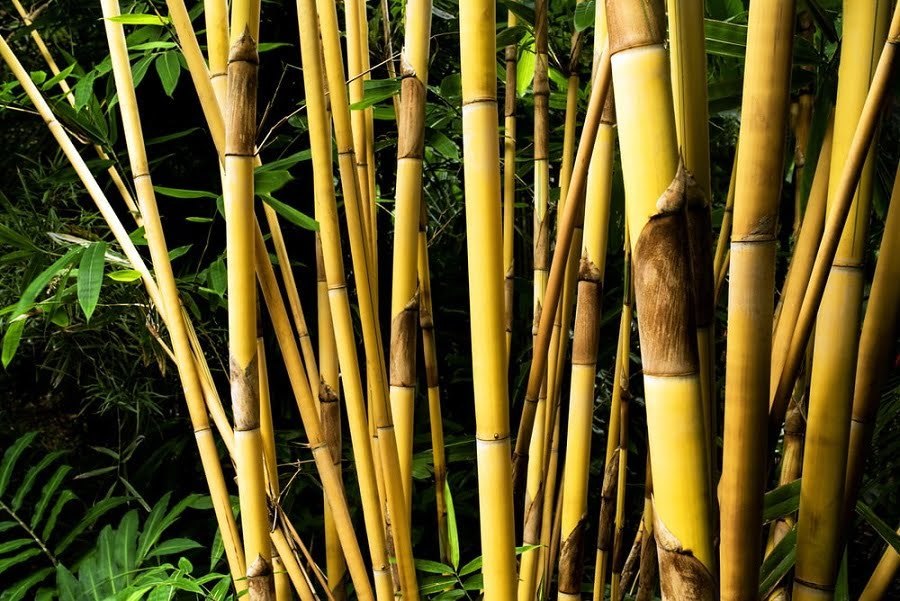
This fast-growing grass plant is one of nature’s most versatile plants. Its long stalks can be woven into mats, poles, beams, fences, flooring, roof tiles, furniture, paper pulp, insulation material, even toothbrushes! You name it, and bamboo does it all. And when properly harvested, bamboo doesn’t require any pesticides or fertilizers either.
Not only is it environmentally friendly, but it’s also solid and durable, so it won’t rot as other wooden structures do over time. Plus, bamboo grows fast, so if you need something big done quickly, then bamboo might be what you’re looking for. It is an easy to get material.
Hempcrete
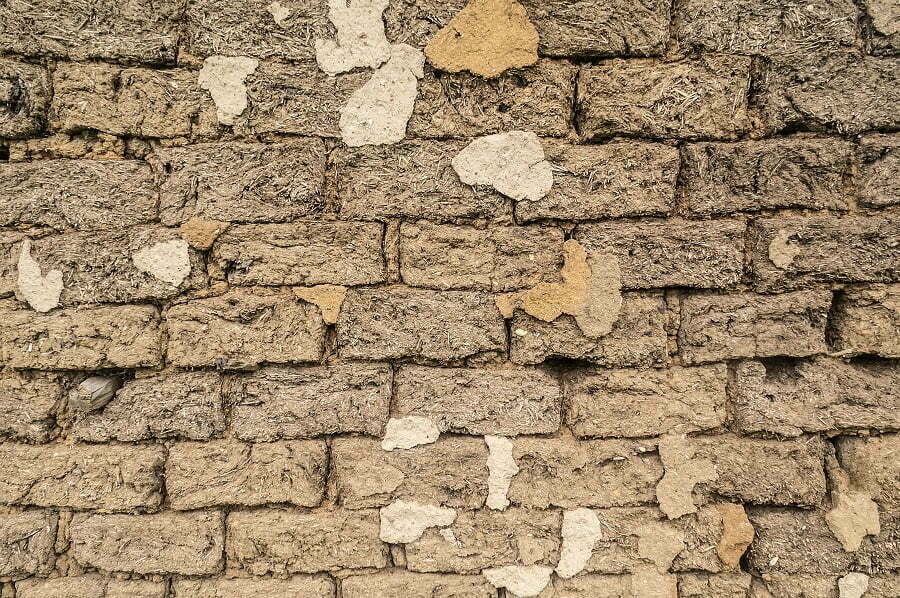
Made out of 100% organic matter, hempcrete is a composite material of clay aggregate, water, lime mortar, sand, sawdust, ground bark, shredded tires, rice husks, wheat bran, molasses, and sometimes coal ash. It’s incredibly lightweight yet incredibly sturdy and fire-resistant. Because it contains almost 50% air space, hempcrete is an excellent insulator too. As well as being naturally insect-proof, it’s anti-fungal and mold-free.
So why don’t we see more hempcrete built today? Firstly, it takes longer to dry than regular concrete, plus it needs special equipment to mix and apply. But once it dries, it becomes hard enough to withstand heavy traffic loads. Bricks and blocks can be made of this material.
Another problem is that hempcrete isn’t always easy to work with since it tends to crumble easily. That said, hempcrete is still gaining popularity among architects and designers worldwide.
Straw Bale

Straw bales are highly insulated, allowing homeowners to save money on heating costs. They’re also fireproof, pest-free, and virtually maintenance-free.
FSC Certified Timber

With its high strength-to-weight ratio, timber has become increasingly popular amongst architects and designers alike. In addition to being stronger than steel, wood is much lighter than concrete, making it ideal for use in tall buildings. Also, because trees take years to grow, using them means you aren’t contributing towards deforestation.
Unfortunately, though, not every piece of timber is created equal. Some species contain higher harmful chemicals such as arsenic, lead, mercury, chromium, cadmium, DDT, dioxins, PCBs, PCP, PBDEs, PAHs, PBBs, TCE, VOCs, etc.
In contrast, others may contain lower amounts depending on where they come from. To find out whether your timber comes from an ethical source, look at the Forest Stewardship Council. The FSC certifies products based on their environmental impact, social responsibility, and management practices. Products certified by the FSC have been shown to reduce greenhouse gas emissions, conserve biodiversity, protect forests, promote sustainable forestry, and improve human health.
Glass Fiber Reinforced Concrete

GFRC is a combination of glass fiber reinforcement and cementitious matrix. Unlike traditional reinforced concrete, this new building material allows for increased flexibility in design options. For example, unlike conventional concrete, GFRC can be used indoors without worrying about cracking due to expansion and contraction caused by temperature changes. GFRC is also non-combustible, meaning it will never burn down your home.
Cork

This natural floor covering consists of layers of cork bark separated by thin sheets of paper or plastic. Once dried, these layers create a robust and durable surface that resists moisture damage. While most people think of cork as another way to make wine bottles, there are many other uses for it, including insulation, sound dampening, furniture padding, and even roof shingle replacement.
Quartz Countertops
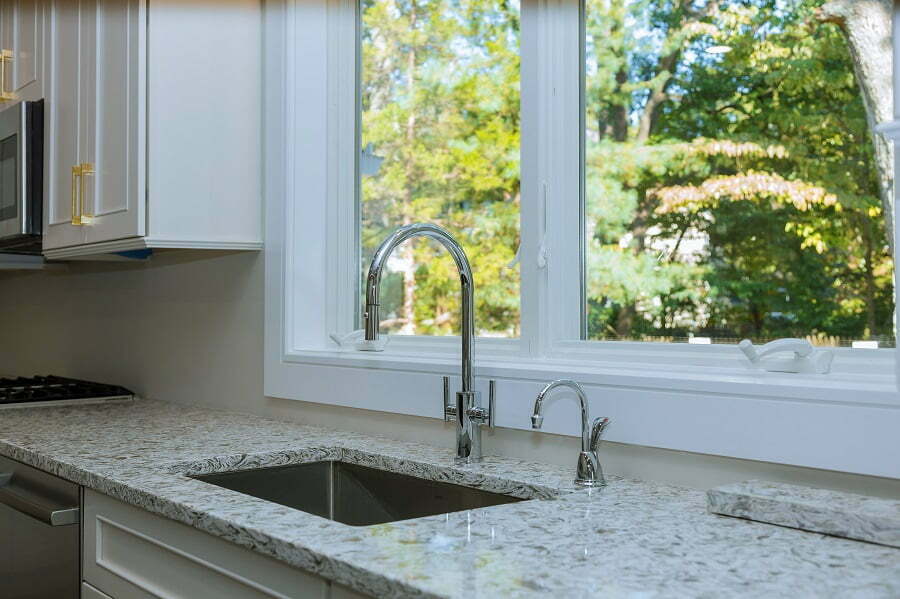
These countertop surfaces are available in both solid colors and patterns. Granite counters are very versatile and can be installed in any kitchen style. However, if you want something different, quartz offers endless possibilities. You can choose between granite slabs, tiles, mosaics, and honed finishes. If you decide to go with a mosaic pattern, remember that each tile must be cut individually, so consider when planning how big your project should be.
Sheep’s Wool
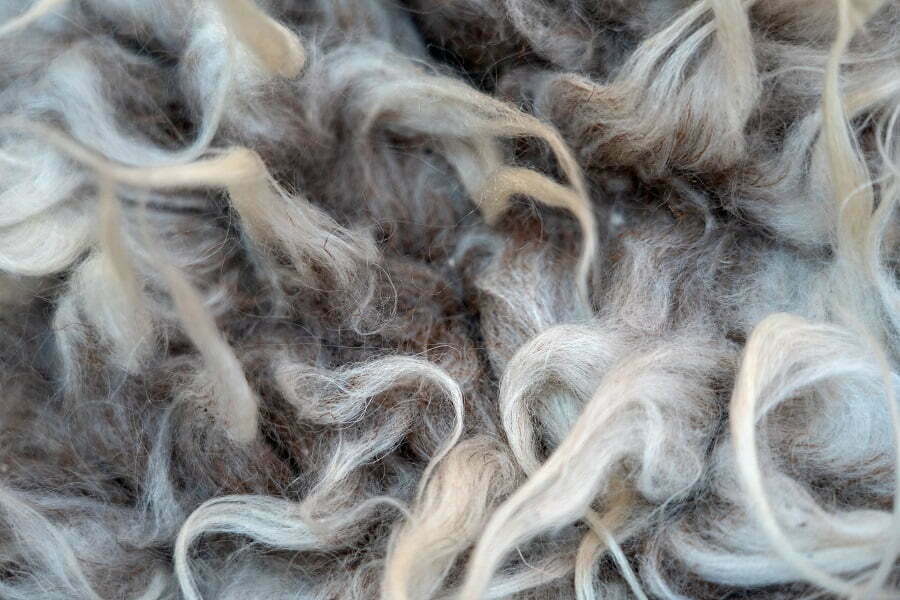
Sheep wool is one of nature’s best insulators. It keeps heat inside and cold outside. It doesn’t absorb water like cotton does but instead repels it. Because sheep don’t sweat, they need no special care except to avoid getting wet. Their coats shed naturally throughout the year. Shearing takes place once a year, usually around March/April time.
Wood
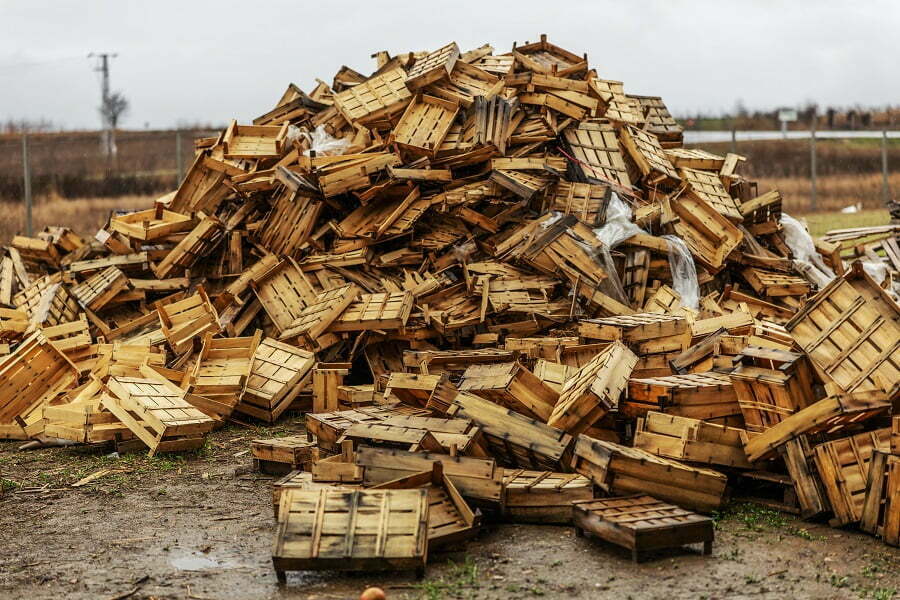
Most commonly known for its durability, versatility, and ability to withstand extreme weather conditions, wood remains the number one choice among builders today. Not only is wood renewable, but it requires little maintenance and produces few toxic fumes during construction.
Rammed Earth

The technique is simple: A mixture of clay soil and water is poured into forms or molds. The resulting material has an earthy texture and feels like concrete when dry. It’s also fire-resistant and naturally insect-proof.
Eco-friendly Technologies
LED Lighting – LEDs offer several advantages over incandescent bulbs: They last longer, require less energy, produce fewer hazardous waste disposal problems, and emit light more evenly across all angles. Additionally, since LEDs do not get hot, they won’t cause burns or scalds.
Solar Energy – As we’ve seen before, solar power is becoming cheaper and easier to install. Today, homeowners can purchase panels that generate electricity directly into the grid.
Carbon Footprint
The eco-friendly building materials help to decrease the carbon footprint. Here’s how.
Natural Material – The use of sustainable products reduces our dependence on fossil fuels and decreases pollution. In addition, using easy to recycle materials helps reduce landfill space.
Green Roofs – A green roof is an attractive alternative to asphalt roofs because it provides shade while reducing stormwater runoff. Plus, plants filter pollutants from rainwater, making them excellent at keeping the air clean.
Low VOC Paint – When painting walls, ceilings, trim, doors, etc., look for low VOC paints. These contain chemicals such as formaldehyde, benzene, xylene, and acetone. Instead, opt for non-toxic alternatives of plant oils, mineral pigments, latex binders, and fillers.
Recycled Material – Many companies now manufacture their line of environmentally friendly products. For example, some manufacturers have begun producing carpet out of old tires instead of new ones. This saves money and prevents excessive production of virgin material.
Table of Contents




